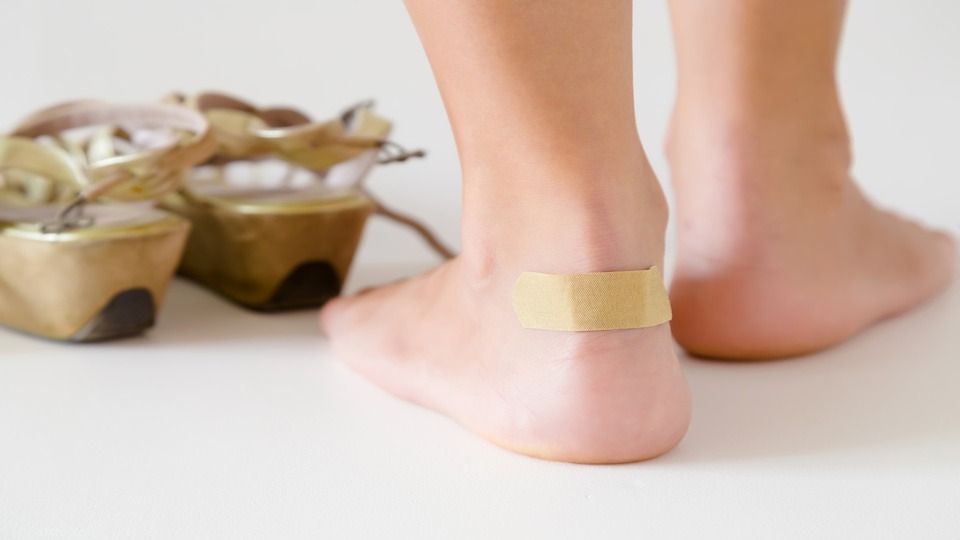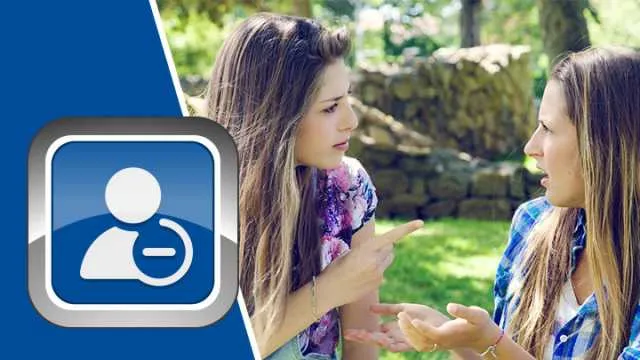Many of you are aware that instead of going to the gym like many people, I head for the woods every morning and go for a hike. It’s my exercise, my outdoor time, my meditation, and some quality time with my wife all rolled into one. One of the other consequences of this daily routine is that I go through hiking boots…fast. I blew a hole in my last pair a few weeks ago, and I’m just breaking in my new ones now. This new pair fits me quite well, but after the first few miles, I did notice a small “hot spot” in the back of my right heel. When you hike every day or do any other repetitive activity…blisters go with the territory. Today’s article is all about those pesky blisters and how you should (and should not) handle them.
-JL
You love your new running shoes and decide to take them out for a couple mile jog only to find yourself in terrible pain about halfway through. You feel a burning and throbbing pain on the inside of your left foot that gets worse with each step. Finally, you have to stop and pull off your brand new shoe only to discover the beginning of a large blister. The next day, the blister is full of fluid and twice the size it was the day before. Should you pop it? The short, but correct answer is no… popping is not an option.
What causes a blister to form?
A blister is basically a pocket of fluid that is trapped between the upper layers of skin. The most common reason for a blister to form:
Friction – Any repetitive rubbing (as in shoes that are too tight), can cause a blister to form. These blisters usually appear on the feet or hands. Blisters can also form more readily in areas that are warm or moist like shoes/boots.
Changes in temperature – If you have ever been burned you know the pain of a burn blister. Burns are actually categorized based on when the blister appears. Second degree burns blister immediately while first degree burns usually blister a couple of days after the incident.
Frostbite can also cause blisters. Again, this is just the way the body protects the skin from additional damage from extreme temperatures.
Chemical exposure – Certain chemicals can cause a condition known as contact dermatitis where the skin reacts to the chemical and blisters. These chemicals may be in cosmetics, cleaning supplies, detergents, and solvents.
Crushing and pinching – If a small blood vessel located near the surface of the skin ruptures from a crushing or pinching motion, blood will leak into the gap between the layers of the skin. This forms what we commonly know as a blood blister which is basically a blister filled with blood.
Medical conditions – Several different medical conditions can cause a blister to form including:
- Chickenpox
- Herpes
- Bullous impetigo
- Eczema
- Pemphigus
- Cutaneous radiation syndrome
- Dyshidrosis
- Epidermolysis bullosa
What is inside a blister?
Depending on the cause of your blister, it can be filled with any of the following:
- Plasma
- Blood
- Serum
- Pus
The fluid inside of a blister is there to help prevent any further damage to the skin while it heals.
Why we should NEVER pop a blister
It is never a good idea to take the top off of a blister – this is a natural bandage that the body has formed around an area of irritation. Once you pop a blister, you leave the damaged skin underneath open to infection. Even if the blister pops – resist the urge to pull the top layer of skin off. Only in certain cases, it may be best for a physician to use a sterile needle to drain fluid out of the area.
The best way to treat a blister
Most blisters, when left alone, will heal on their own. As new skin forms under the blister, the fluid will gradually go away, and the top skin will dry and peel off. Covering a blister with gauze will help protect it while it heals. Avoid further friction – like changing your shoes until the blister heals. Repetitive friction can cause serious damage and even infection. Blood blisters can be painful. Use an ice pack to reduce pain and inflammation.
Preventing blisters on your feet
Wear shoes that fit well and clean socks. Shoes that fit poorly and are stiff like high heels can cause blisters more easily than flexible shoes with plenty of room and ventilation. If you sweat a lot or play sports, be sure to change your socks often and wear moisture-wicking type that will help keep the moisture away from your feet. Always break in new shoes and boots before wearing them for long periods of time. If you are prone to blisters, pad the area where blisters occur to give it a bit more protection.
Preventing blisters on your hands
Wear gloves when using tools or playing sports where your hands could rub. In some sports including rowing, weightlifting, and gymnastics, taping up hands can help prevent rubbing and blisters. Some people also use powder or chalk to keep hands dry and blister free.
-The UpWellness Team









